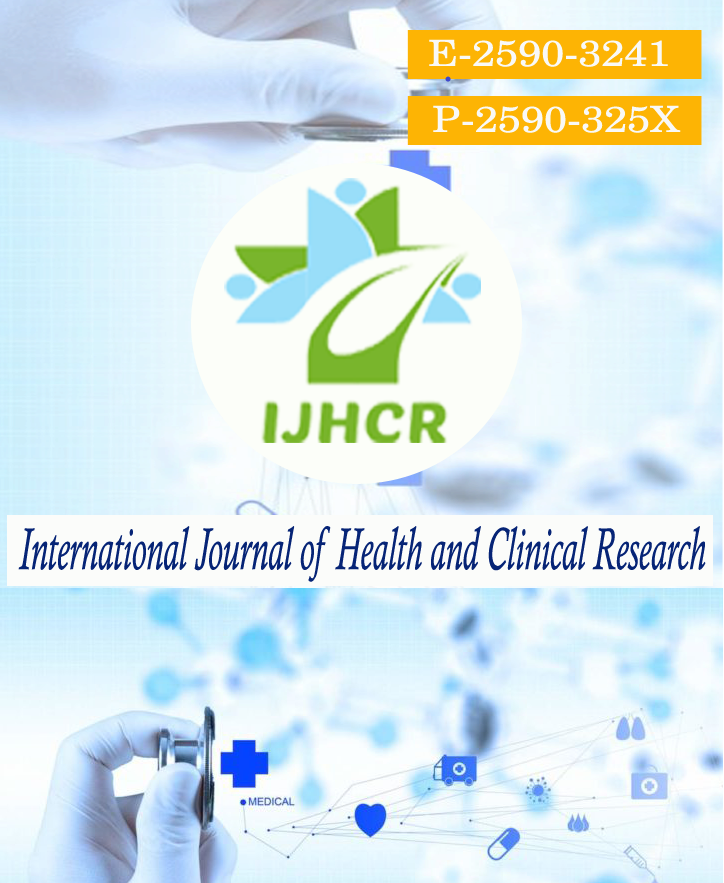Clinical and management profile of thoracic trauma patients
Keywords:
Clinical profile, Management profile, Thoracic trauma.Abstract
Background: Field of traumatology has been developing over the past 25 years or so, it is only recently that trauma has come to be recognized as a discrete disease entity by the medical and lay communities. Trauma represents a significant portion of the world’s morbidity and mortality. Of the 11 million deaths each year in the developed world, 0.8 million are the result of trauma. Aims and Objectives: To study the clinical profile of thoracic trauma patients and compare various management options. Material and Methods: This prospective study was carried out on one hundred consecutive patients of thoracic injuries who required indoor admission due to chest trauma. Results: Males predominated females in thoracic trauma patients. Blunt trauma mainly road accidents formed the commonest cause of thoracic trauma with right side of chest as most commonly while left side was more commonly involved in penetrating injuries. Out of total 17 patients of flail chest, 3 had mortality. Duration of tube thoracostomy and its complications were more in blunt thoracic injury patients as compared to penetrating injury patients. 68% patients underwent tube thoracostomies and haemothorax was the commonest indication. Operative intervention was required in 12% cases. Six cases underwent splenectomy mainly for associated abdominal injuries. Overall mortality rate in the present study was 6% and it was more in blunt injuries as compared to penetrating injuries. Conclusion: Chest injury constitutes a significant number of trauma patients and commonly affected victims are males of productive age. Majority of these patients can be managed by conservative management and simple intervention like intercostal chest drainage.






 All articles published in International Journal of Health and Clinical Research are licensed under a
All articles published in International Journal of Health and Clinical Research are licensed under a 